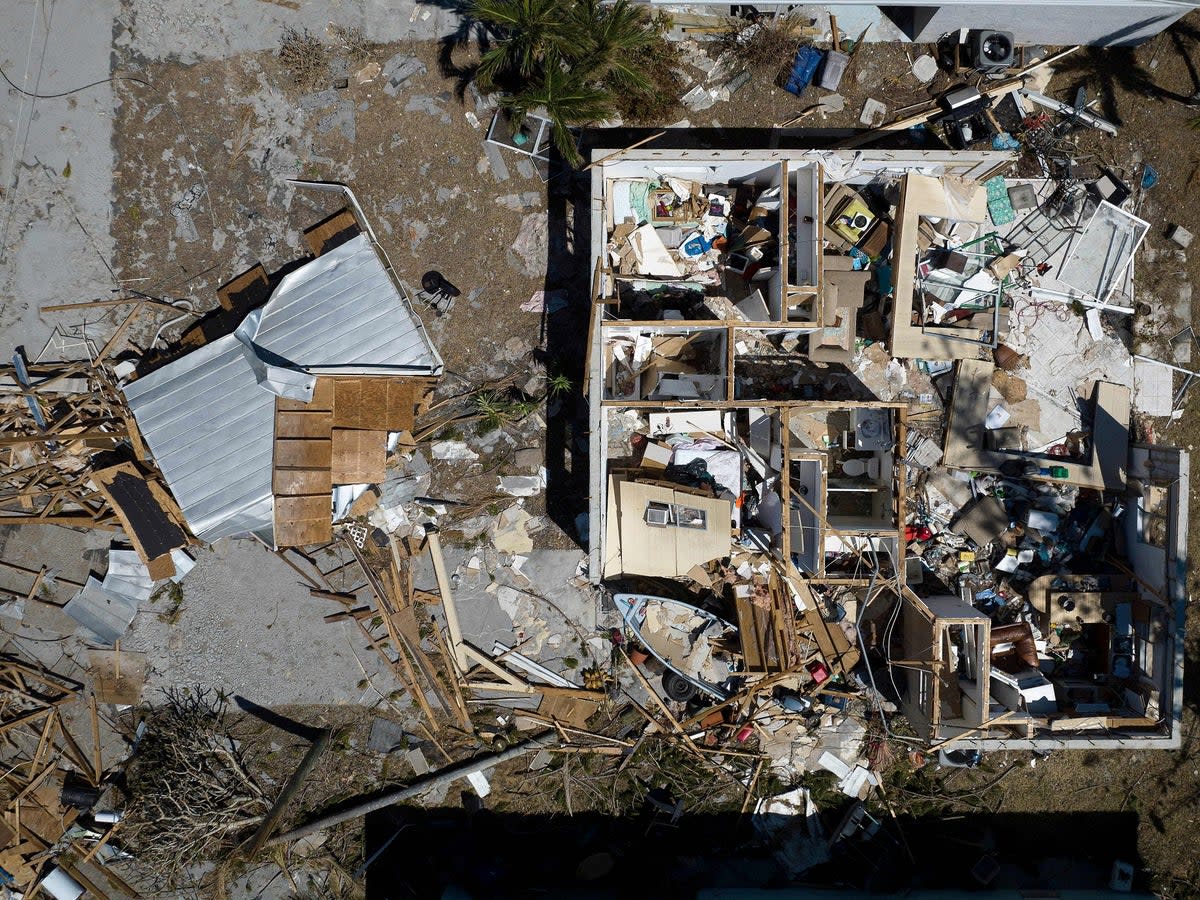AI scans Hurricane Ian damage to give cash to poorest victims

A relief agency is using artificial intelligence to identify low-income victims of Hurricane Ian and Hurricane Fiona in order to provide them with emergency cash payments.
Nonprofit GiveDirectly teamed up with Google to identify those most at need of financial support, using AI to cross reference aerial images of storm damage with poverty data in Florida and Puerto Rico.
The idea is to go beyond the traditional disaster response from aid charities and government organisations, which typically focus on in-kind donations of clothing and food.
“Together with our partners at Google, we’re using aerial storm damage imagery and poverty data to identify the highest-need communities,” a GiveDirectly fundraising page states.
“We currently have enough funding from our partners to deliver cash to several thousand families in the hardest-hit regions of Puerto Rico and Florida.”
A one-time payment of $700 is sent to families, which is aimed at covering the cost of common post-disaster recovery items, such as food, toiletries and first aid supplies.
The full scale of the impact of Hurricane Ian, which made landfall as a Category 4 storm on 28 September, is yet to be fully realised, though there have already been more than 100 reported deaths across Cuba, Florida, North Carolina and Virginia, as well as over 2.5 million people evacuated.
Estimates suggest there may be up to $67 billion of damage, with modeling firm RMS claiming that the “best-case scenario” is economic damage of $55 billion.
Hurricane Fiona, which made landfall in Puerto Rico on 18 September displaced 12,500 people and left 100,000 residents without power. The economic fallout is expected to reach between $2-4 billion.
“After most major natural disasters on record, inequality sky rockets,” said Alex Diaz, head of crisis reponses and humanitarian aid at Google.org.
“Those that are most affected by disasters tend to be the most marginalised communities... Imagine a system that integrates census data [and] poverty data, and overlays that with disaster data after a disaster has hit.”
GiveDirectly, which was founded by MIT graduates in 2009, has already delivered over $500 million in cash to more than 1 million impoverished people around the world.

